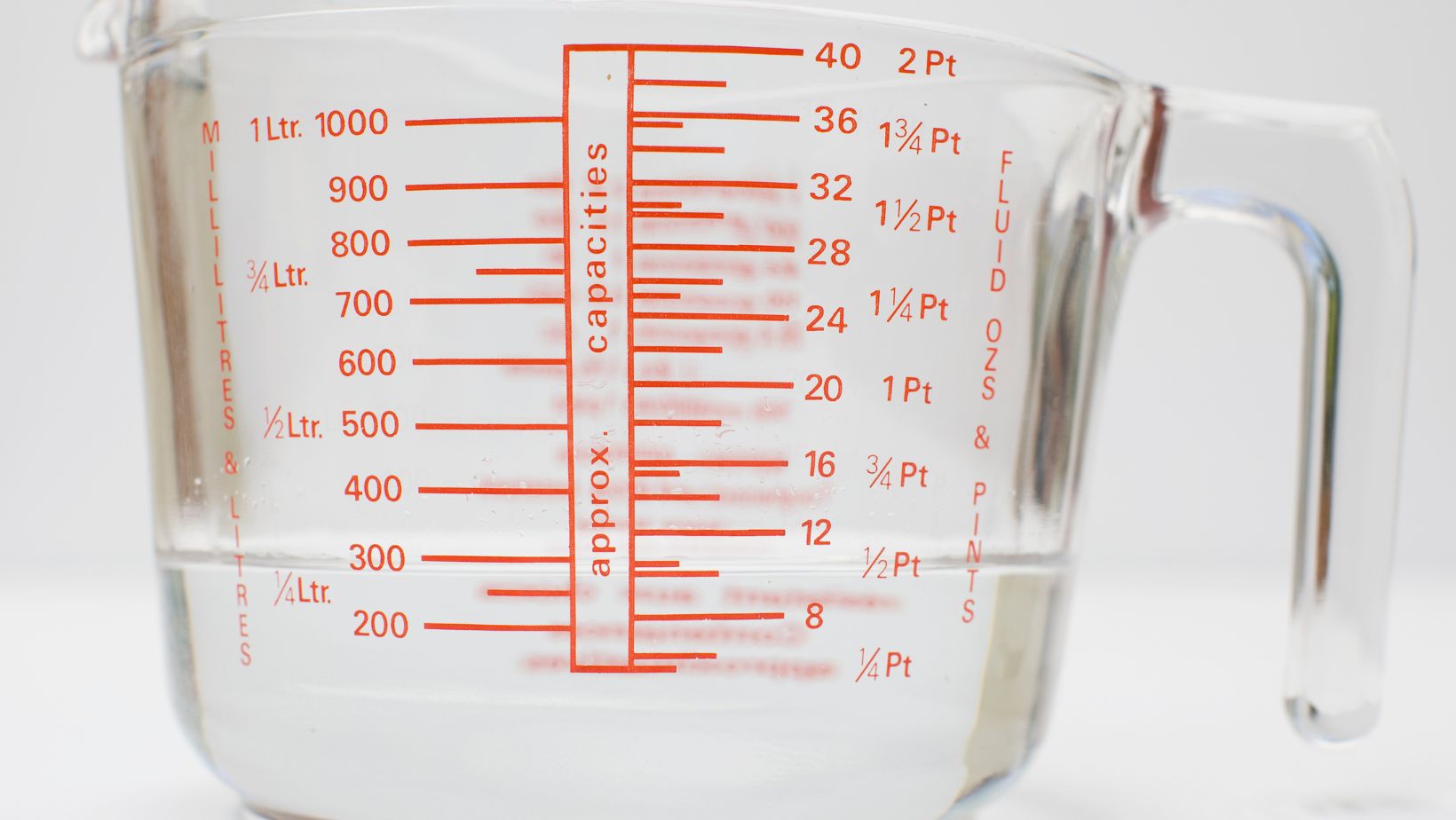How Many mL are in a Unit of Blood: Understanding the Accurate Measurement

How Many mL are in a Unit of Blood
I’ll answer your question about how many milliliters are in a unit of blood. A unit of blood typically refers to the standard amount of whole blood that is collected during a donation, which is approximately 450 milliliters or about 0.95 pints. This volume includes both red and white blood cells, plasma, and platelets.
To put it into perspective, 450 milliliters is roughly equivalent to two cups of liquid. However, it’s important to note that the exact volume may vary slightly depending on the organization or country’s standards for blood collection.
Understanding the volume of a unit of blood can be helpful in various medical situations, such as assessing the amount needed for transfusions or determining the appropriate dosage for certain medications based on an individual’s blood volume. Having this knowledge allows healthcare professionals to provide precise and accurate care when it comes to managing patients’ health.
Understanding the Measurement: Milliliters and Units of Blood
The Basics of Milliliters and Units of Blood
When it comes to understanding the measurement of blood, milliliters (ml) and units are essential concepts to grasp. Milliliters are a unit of volume commonly used in medical settings to quantify liquids like blood. On the other hand, units refer to a standardized measure that represents specific components within the blood, such as red blood cells or platelets.
To put it simply, milliliters measure the physical amount of liquid while units provide information about the concentration or composition of certain substances present in that liquid. This distinction is crucial for accurate medical diagnosis, treatment planning, and transfusion procedures.
Factors Affecting the Measurement: Accuracy and Precision
While understanding milliliters and units is crucial, it’s equally important to consider factors that can influence their measurement accuracy and precision. These factors include:
- Laboratory Techniques: Different laboratory techniques may yield slightly different results due to variations in equipment calibration or methodologies employed.
- Biological Variability: Human biology can introduce inherent variability in measurements due to individual differences in genetics, health conditions, or medication usage.
- Sampling Methods: The method used to collect blood samples can impact the accuracy of measurements. For instance, improper sample handling or contamination can affect the integrity of the results.
To ensure accurate and precise measurements, healthcare professionals follow standardized protocols, perform quality control checks, and adhere to best practices in sample collection and analysis.

The Importance of Knowing the Volume: Patient Safety and Proper Dosage
As a healthcare professional, understanding the volume of blood units is crucial for ensuring patient safety and administering proper dosages. In this section, I’ll discuss why knowing the volume of a unit of blood is vital in the context of patient care.
Accurate Medication Administration: Knowing the exact volume of blood in a unit is essential when administering medications to patients. Different medications have specific dosage recommendations based on the patient’s weight or other factors. By knowing the precise volume of blood, healthcare providers can calculate and administer medications accurately, minimizing any risks associated with under or overdosing.
Preventing Fluid Overload: Fluid overload occurs when too much fluid is administered to a patient, leading to potential complications such as heart failure or pulmonary edema. Understanding the volume of blood units helps healthcare professionals calculate how much additional fluid can be safely given without causing harm. This knowledge ensures that patients receive appropriate fluid replacement therapy without overwhelming their cardiovascular system.
Blood Transfusions: In cases where patients require blood transfusions due to significant blood loss or certain medical conditions, knowing the volume of a unit becomes crucial. Healthcare providers need to match the transfused volume with what was lost or required by the patient accurately. This information allows for precise monitoring and adjustment during transfusion procedures, reducing potential complications like circulatory overload.
Optimizing Blood Supply Management: Hospitals and healthcare facilities must efficiently manage their blood supply inventory while meeting patient needs effectively. Understanding the volume of each unit enables better planning and allocation strategies to ensure an adequate supply for all patients who require transfusions. It also aids in preventing wastage by using units nearing expiration dates before they become unusable.
To summarize, having knowledge about the volume of a unit of blood is vital for maintaining patient safety, optimizing medication administration, preventing fluid overload, ensuring accurate transfusions, and efficiently managing blood supplies. This understanding allows healthcare professionals to provide the best possible care and minimize risks associated with improper dosages or fluid management.




